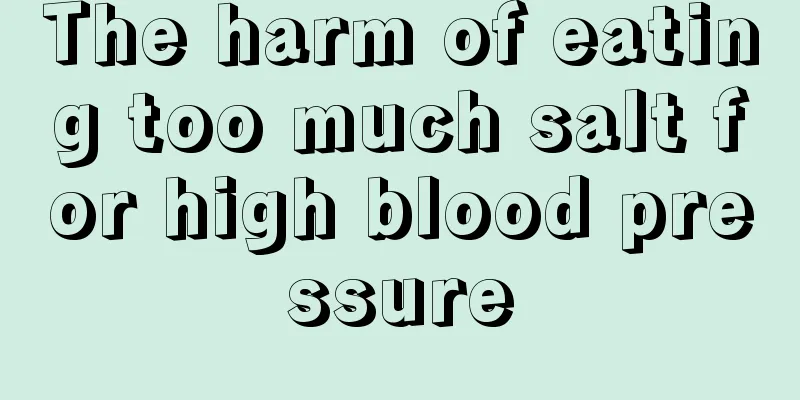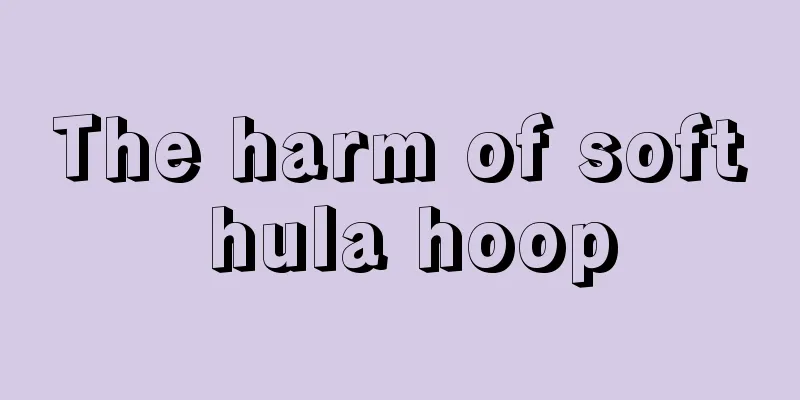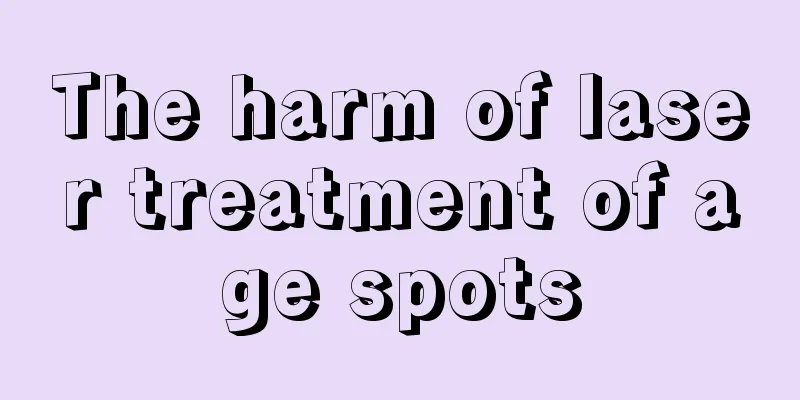The harm of eating too much salt for high blood pressure

|
Hypertension is a common disease problem in today's society. Many people often suffer from hypertension due to dietary problems. Moreover, obesity has become a very serious trend, which can easily cause serious damage to human health. Therefore, people should pay attention to the amount of food they consume and the amount of salt they consume. So what are the dangers of eating too much salt for people with high blood pressure? Excessive salt intake is one of the important factors causing high blood pressure Some people are very sensitive to salt. If they eat a little bit of salt, their blood pressure will rise. However, when salt intake is strictly restricted, their blood pressure will drop. This type of hypertension is called "salt-sensitive hypertension." The survey found that among patients with confirmed hypertension, salt-sensitive hypertension accounted for 28% to 74%. The incidence rate varied significantly by region, race and age. For example, it is much more common in northern China than in the south, and the elderly are more susceptible. The more salt you consume, the higher your blood pressure level. When salt intake decreases, blood pressure also decreases, and the incidence of stroke and coronary heart disease also decreases. Excessive sodium intake increases blood pressure The main component of table salt is sodium chloride, which exists in the human body mainly in the form of sodium ions (Na+) and chloride ions (Cl-). Blood pressure refers to the pressure exerted on the blood vessel walls when blood flows in the blood vessels. What is the relationship between sodium ions and blood pressure? When you consume too much sodium and drink more water, a series of changes will occur in your body, causing your blood pressure to rise. It can be simply summarized as follows: most of the sodium ions were originally distributed in the extracellular fluid of the cells. When the concentration suddenly increased, the concentration difference of sodium ions inside and outside the cells increased, causing more sodium ions outside the cells to run into the cells, and water also ran in, resulting in "swelling" of the cells. These swellings can cause blood pressure to rise, including: 1. After the smooth muscle cells of the arteriolar wall "swell", on the one hand, the lumen of the arteriolar is narrowed, increasing the peripheral vascular resistance; on the other hand, it causes arteriolar spasm, increasing the resistance of small arteries throughout the body and raising blood pressure! 2. When the cells of various organs of the human body "swell", they squeeze the blood vessels, causing them to narrow; when the cells in the lining of the blood vessel wall "swell", the blood vessels narrow, blood flow is blocked and accelerated, and blood pressure rises! 3. It inhibits sodium-calcium exchange, reduces cellular calcium excretion, and increases calcium ion concentration in vascular smooth muscle cells, causing vascular smooth muscle contraction, increased peripheral vascular resistance, and increased blood pressure! 4. Sodium can also stimulate the sympathetic nerves, causing peripheral vascular resistance to increase and blood pressure to rise. "Potassium supplementation and sodium excretion" can effectively lower blood pressure In order to maintain a high potassium environment within the cells, the human body has its own regulatory function. When 2 parts of potassium ions are absorbed, 3 parts of sodium ions will be pumped out. In this way, after taking in more potassium, the phenomenon of cell edema caused by excessive sodium intake will be solved. In addition, potassium can increase water excretion by inhibiting the release of renin, helping to dilate blood vessels and lower blood pressure. Vegetables and fruits are the best sources of potassium While limiting sodium, people with hypertension should also pay attention to their intake of potassium, calcium and magnesium. The following foods are rich in calcium, magnesium and potassium, so you can eat more of them. 1. Cabbage One cup of squeezed kale juice, whether raw or cooked, provides 9 percent of your daily calcium, 6 percent of your magnesium, and 9 percent of your potassium. 2. Broccoli One serving of cooked broccoli provides 6 percent of your daily value for calcium, 8 percent for magnesium, and 14 percent for potassium. 3. Chili One cup of raw red pepper juice provides 1% of the daily value of calcium, 4% of magnesium, and 9% of potassium. Bell peppers, also known as bell peppers and lantern peppers in China, have the effect of promoting blood circulation, strengthening blood vessels, improving blood circulation, and improving arteriosclerosis and various cardiovascular diseases. 4. Sweet potatoes A medium-sized sweet potato provides about 542 mg of potassium, which helps stabilize blood pressure. 5. Kiwi One kiwi fruit provides 2% of the daily requirement of calcium, 7% of magnesium, and 9% of potassium. A Norwegian study claims that eating three kiwis a day can lower high blood pressure; although kiwis are small fruits, their green flesh is rich in nutrients, and the high content of the antioxidant lutein has the effect of lowering blood pressure. 6. Peach A medium-sized peach provides 1% of the daily value of calcium, 3% of magnesium, and 8% of potassium. 7. Banana A medium banana provides 1 percent of the daily value of calcium, 8 percent of magnesium, and 12 percent of potassium. The US Food and Drug Administration (FDA) announced that it will allow the banana industry to promote that bananas can reduce high blood pressure and the risk of stroke. |
<<: My temple is throbbing violently
>>: Can I smoke while taking Chinese medicine
Recommend
How to drink coffee granules
Many people like to drink coffee. Some like the u...
Nail changes indicate ten diseases
Dr. Fox, a spokesman for the American Academy of ...
When brushing your teeth in the morning, your gums bleed. Here are some things to watch out for to prevent it
Many people will experience bleeding gums when br...
Coughing up some blood
The phenomenon of coughing up blood is clinically...
Keep farting but not pooping
Constipation is a common symptom of the human dig...
The younger you smoke, the more likely you are to get bladder cancer. To prevent bladder cancer, you need to quit smoking immediately
Bladder cancer is the most common tumor in the ur...
What are the prognostic factors of nasopharyngeal carcinoma bone metastasis and what are the related factors?
What is the prognosis of nasopharyngeal carcinoma...
What fruit can help relieve constipation immediately
In daily life, everyone will be troubled by obstr...
What's wrong with biting my lips all the time
Lip biting is a problem that many people have, es...
Can I run if I have bronchitis
In life, the body is prone to some stubborn disea...
Deep vein puncture kit operation steps
Venipuncture is a commonly used treatment method....
What are the causes of facial muscle twitching?
Facial muscle twitching is largely caused by faci...
Can bone cancer be cured by chemotherapy? The hope of cure is not very high
Can bone cancer be cured by chemotherapy? Bone ca...
What are the early rehabilitation exercises for esophageal cancer
Esophageal cancer patients should do some exercis...
Harm of cooking fumes on the skin
In real life, many women are reluctant to enter t...









